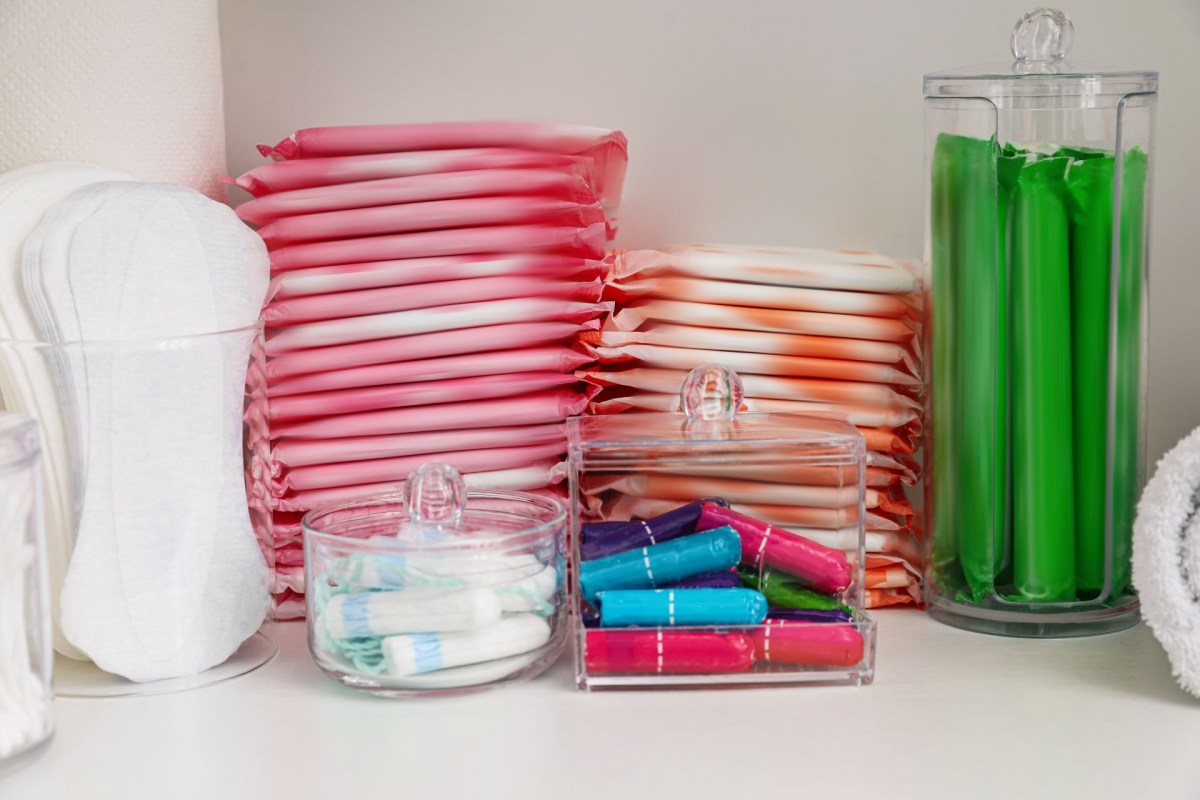Texas is the country's largest producer of upland cotton, the most common cotton variety used today. However, the New York Times reports that heat and drought destroyed 74% of Texas's cotton crop in 2022 — which has ended up as a disaster for manufacturers and buyers alike.
What happened to the cotton?
The Ogallala Aquifer is an underground water source running under eight states from Wyoming to Texas, the Times explains. In the past, Texas farmers irrigated cotton crops using water from that aquifer. But now this once-plentiful water supply is drying up.
The federal 2018 National Climate Assessment declared, "major portions of the Ogallala Aquifer should now be considered a nonrenewable resource," meaning that the aquifer won't simply fill back up after being used — once it's gone, it's gone.
The aquifer is drying up due to the "megadrought" affecting Texas and other states, the Times reports. The draught, in turn, is caused by rising temperatures worldwide.
Not only is the area hotter overall, but the increasing temperatures also change weather patterns, leading to extreme drought in some areas, even while it causes storms and flooding in others.
Why does it matter?
In the short term, the price of cotton products has risen steeply, even faster than inflation, says the Times. Tampons are up a whopping 13% in the last year, which is double the 6.5% inflation rate. The lack of cotton also affects a wide range of other products, from jeans to bandages.
"The price of a regular box of Tampax has gone up from $9 to $11," one shopper, Vanessa Skelton, told the Times. "That's a regular monthly expense."
In the long term, the changing conditions in Texas and other drought-stricken areas could make it difficult or impossible to continue growing traditional crops like cotton there.
According to the Times, farmers in the area hope the federal government will renew and expand subsidy programs to support cotton growing in the area. But it may not make financial sense to do so — which could mean a long-lasting shift in the cotton market.
What can I do about the cotton shortage?
Thankfully, there are many tampon alternatives.
Menstrual cups like the Ruby Cup and the June Cup are safe, comfortable, and reusable long-term, minimizing the price you pay for cotton as well as the waste sent to landfills.
Instead of disposable pads that go in the trash, you can choose reusable pads and period panties from Aisle, Dame, Hannah, TomboyX, or Saalt. Not only will any of these brands save you money in the long run, but they're also good for the environment.
If you still prefer tampons, August offers organic, eco-friendly options using cotton from Turkey.
Join our free newsletter for cool news and actionable info that makes it easy to help yourself while helping the planet.









